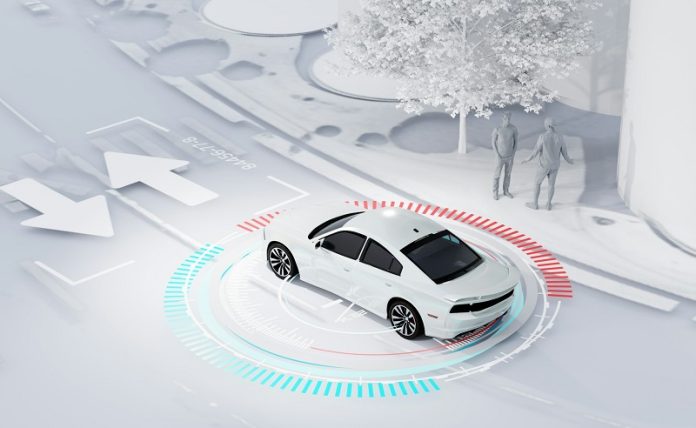
Self-driving cars have been tested on public roads for decades, from San Francisco to Pittsburgh and beyond.
Autonomous vehicle (AV) technology promises safer roads and more efficient transport, but one major obstacle remains: companies developing these systems rarely share their crash and safety data.
This lack of transparency makes it hard for researchers, regulators, and even competitors to learn from past mistakes—and to make AVs safer for everyone.
According to a new study from Cornell University, the reason is simple: companies have little incentive to share.
“The core of AV market competition involves who has the crash data,” said Hauke Sandhaus, a doctoral candidate at Cornell Tech and co-author of the paper My Precious Crash Data, presented at the Association for Computing Machinery’s Conference on Human-Computer Interaction.
“Once you have that data, it’s much easier to train your AI to avoid the same errors. But companies treat it like a secret weapon.”
Sandhaus and his colleagues interviewed 12 employees from leading AV companies to understand why crash data isn’t shared and how it could be. They found that most firms develop their own “homegrown” datasets with little overlap or collaboration.
Two major barriers emerged: first, safety data reveals sensitive details about how a company’s technology works; and second, firms view this information as a competitive advantage rather than a public resource.
Even existing regulations don’t encourage sharing. U.S. and European rules typically require only minimal crash details—like the date, the manufacturer, and whether injuries occurred—without explaining the causes, such as poor weather or unexpected pedestrian behavior.
To fix this, the Cornell researchers propose a new roadmap for data sharing. They suggest separating proprietary data (like raw video feeds or sensor code) from safety-related insights that could help all companies improve.
For example, firms could share descriptions of accidents without exposing their internal algorithms.
Another idea is to create standardized “test scenarios,” or safety exams, that all AVs must pass before they hit the road—like navigating through intersections crowded with cars and pedestrians. Academic institutions could act as neutral data hubs, helping companies collaborate without revealing trade secrets.
The team also envisions stronger federal policies, such as a shared virtual city where companies can test and compare their vehicles under identical conditions. “These changes could make the industry safer without stifling innovation,” said co-author Qian Yang.
By redefining crash data as both a competitive asset and a public good, the researchers hope to shift AV development toward a future where safety knowledge benefits everyone—not just the companies racing to perfect it.



